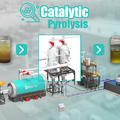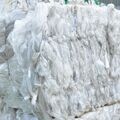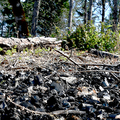Sugarcane bagasse, the fibrous residue left after extracting juice from sugarcane, is often considered an agricultural waste product. However, its abundant availability and inherent properties make it a valuable resource for sustainable applications. This article explores various ways to utilize sugarcane bagasse, focusing on its role in biochar production, biodegradable tableware, and pulp molding. By leveraging advanced technologies and sustainable practices, sugarcane bagasse can contribute to environmental conservation and resource efficiency.
Sugarcane Bagasse: An Overview
Sugarcane bagasse is composed of cellulose, hemicellulose, and lignin, making it a robust and fibrous material. Traditionally, it has been used as a fuel in sugar mills. However, its potential extends far beyond this initial use. The physical and chemical properties of sugarcane bagasse enable its application in diverse fields, including waste management, renewable energy, and eco-friendly product development.
Biochar Production from Sugarcane Bagasse
The Process of Biochar Production
Biochar is a carbon-rich material produced through the pyrolysis of organic materials such as sugarcane bagasse. Pyrolysis involves heating the biomass in the absence of oxygen, causing thermal decomposition. The result is a stable form of carbon that can be used to enhance soil health, sequester carbon, and improve agricultural productivity.
Biochar Machine plays a crucial role in this process. Modern equipment is designed to optimize the pyrolysis conditions, including temperature control and gas management. High-quality biochar production relies on precise control of these variables to ensure the final product meets the desired specifications.
Environmental Benefits
-
Soil Enrichment: Biochar improves soil fertility by enhancing soil structure, increasing water retention, and providing a habitat for beneficial microorganisms. Its application can lead to better crop yields and more sustainable agricultural practices.
-
Carbon Sequestration: Biochar acts as a long-term carbon sink. When applied to soil, it sequesters carbon for hundreds to thousands of years, mitigating greenhouse gas emissions and contributing to climate change mitigation efforts.
-
Waste Reduction: Converting sugarcane bagasse into biochar helps manage agricultural waste efficiently. This process reduces the volume of waste sent to landfills and lowers methane emissions from decomposing organic matter.
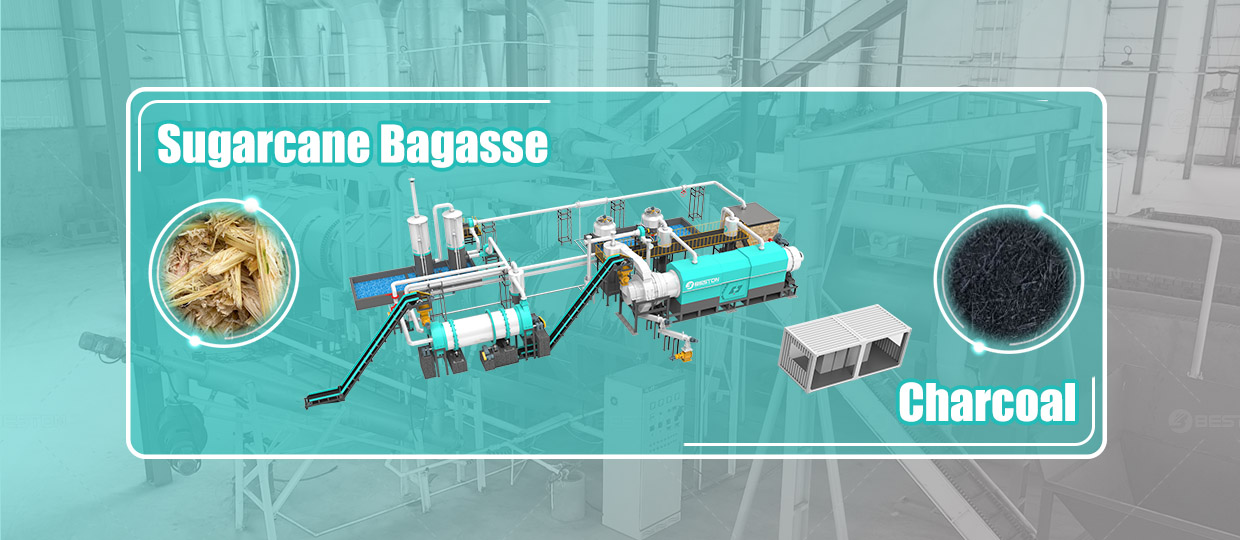
Biodegradable Tableware from Sugarcane Bagasse
Advantages of Biodegradable Tableware
Biodegradable tableware made from sugarcane bagasse is an eco-friendly alternative to conventional plastic products. The use of bagasse-based tableware aligns with sustainability goals by reducing plastic pollution and promoting the use of renewable resources.
-
Compostability: Sugarcane bagasse tableware decomposes naturally in composting environments, breaking down into organic matter without leaving harmful residues. This characteristic makes it a viable option for waste diversion and soil enrichment.
-
Resource Efficiency: Utilizing sugarcane bagasse for tableware production maximizes the value of agricultural byproducts. This approach not only reduces waste but also decreases the demand for virgin materials, contributing to a more circular economy.
-
Versatility: Bagasse can be molded into various shapes and sizes, making it suitable for a wide range of tableware products, including plates, bowls, and cutlery. This versatility meets consumer demands while adhering to environmental standards.
Production Process
The production of biodegradable tableware involves several steps:
-
Pulping: Sugarcane bagasse is first processed into pulp using mechanical or chemical methods. This step separates the fibers and prepares the material for molding.
-
Molding: The pulp is then fed into a paper pulp molding machine, which forms it into the desired shapes. These machines use heat and pressure to create durable and functional tableware items.
-
Drying and Finishing: Once molded, the products are dried to remove excess moisture and achieve the final hardness. Additional finishing processes may include coating for enhanced durability and aesthetic appeal.
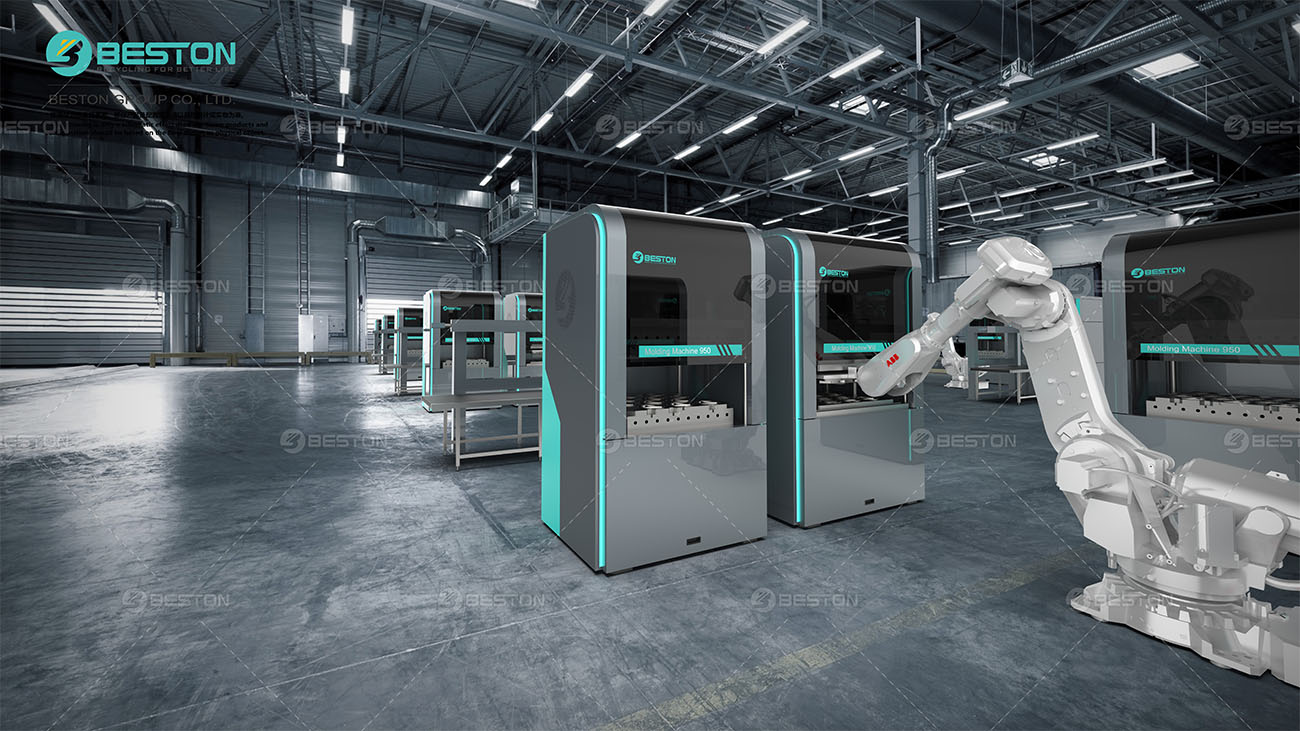
Pulp Molding of Sugarcane Bagasse
Advantages of Pulp Molding
Pulp molding is a key technology for transforming sugarcane bagasse into functional products. This process involves creating a slurry of bagasse fibers and water, which is then molded into various shapes.
-
Environmental Impact: Pulp molding is a low-impact manufacturing process that utilizes renewable resources and reduces reliance on non-renewable materials. The resulting products are biodegradable and contribute to waste reduction.
-
Cost-Effectiveness: Pulp molding is cost-effective compared to other manufacturing processes. The use of sugarcane bagasse, a byproduct of sugar production, minimizes raw material costs and leverages existing waste streams.
-
Product Customization: The versatility of pulp molding allows for the production of customized and complex shapes, meeting diverse consumer needs and applications. This adaptability makes it suitable for a wide range of products, from packaging to consumer goods.
The Pulp Molding Process
The pulp molding process involves several stages:
-
Preparation: Sugarcane bagasse is cleaned and processed to extract the fibers. The fibers are then mixed with water to create a slurry.
-
Molding: The slurry is poured into molds of various shapes and sizes. The pulp molding machine ensures uniform distribution and compaction of the pulp.
-
Drying: The molded products are dried to remove excess moisture and achieve the desired strength and rigidity. This step is crucial for ensuring the durability and functionality of the final products.
-
Finishing: Additional treatments may be applied to enhance the appearance and performance of the products. This can include coatings, printing, and other customization options.
On Summary
Sugarcane bagasse, traditionally seen as a waste product, holds significant potential for sustainable applications. Its use in biochar production, biodegradable tableware, and pulp molding exemplifies its versatility and environmental benefits. By adopting advanced technologies and sustainable practices, the value of sugarcane bagasse can be maximized, contributing to waste reduction, resource efficiency, and environmental conservation. As the global focus shifts towards sustainability, harnessing the potential of sugarcane bagasse represents a forward-thinking approach to addressing the challenges of waste management and resource utilization.


